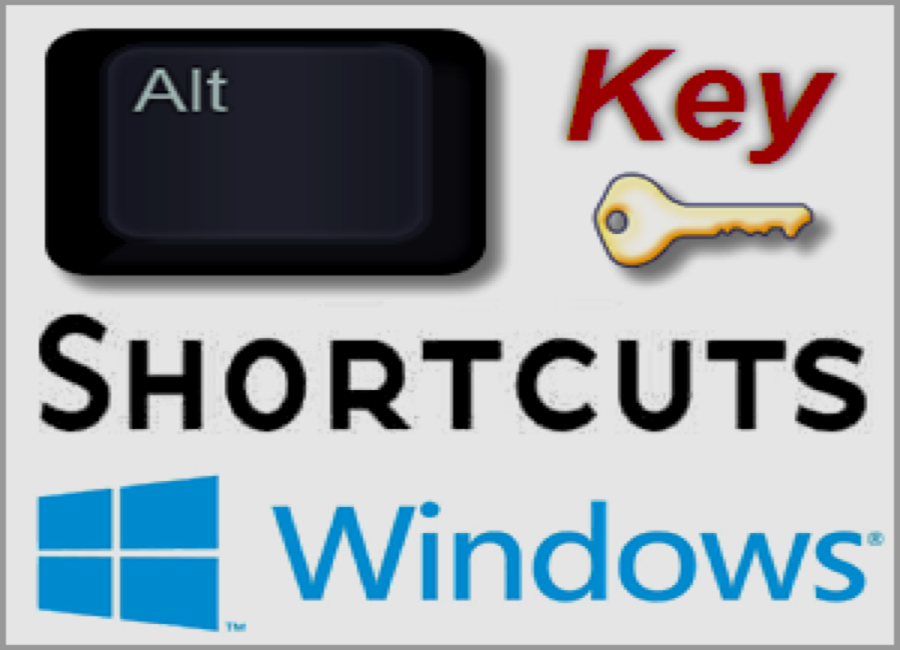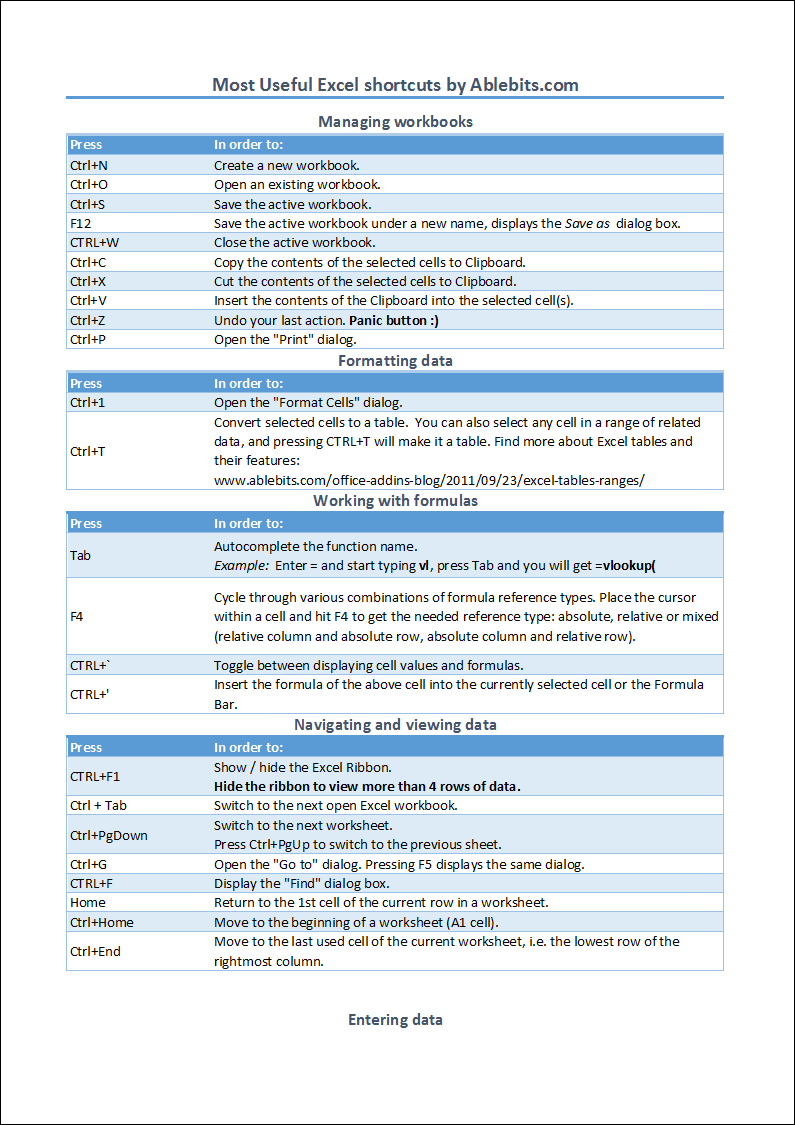

Then click the “Close” button to return to the “Symbol” dialog box. Then click the “Assign” button to assign the keyboard shortcut to the selected symbol. Do not replace existing keyboard shortcut keys if they are already assigned! If you see “Currently assigned to: ,” then you may use that keyboard shortcut. If the shortcut key you entered is assigned to another command, it appears here. Below this, a “Currently assigned to:” line appears.

The key combination then appears in the “Press new shortcut key:” field. Press the combination of keys to use for a keyboard shortcut in conjunction with either the “Ctrl” or “Alt” keys. In this dialog box, the cursor appears in the “Press new shortcut key:” field. To create a shortcut key for a selected symbol, click the “Shortcut Key…” button to open the “Customize Keyboard” dialog box. The next time you type the AutoCorrect entry in your document, it is replaced by the selected symbol. In the “Replace text as you type” field, enter a combination of characters for the chosen symbol. To create an AutoCorrect entry for a selected symbol, click the “AutoCorrect…” button to open the “AutoCorrect” dialog box. Insert a Symbol in Word- Instructions and Video Lesson: A picture of a user adding a symbol to a document using the “Symbol” dialog box in Word. You will also need to choose where it is “from:” by using the adjacent drop-down. If you know the “Character code:” for a symbol from the selected font, you can enter it in the labeled text field. You can select a symbol here to select it, too. Any “Recently used symbols:” also appear in the area of the same name. The symbols for your selected font appear in the large scrollable list at the top of the tab. On the “Symbols” tab, use the “Font:” drop-down and, if shown, the “Subset:” drop-down, to choose a specific category in which to look for a symbol. This dialog box contains a “Symbols” and a “Special Characters” tab. If you don’t see the symbol you want, click the “More Symbols…” command to open the “Symbol” dialog box. The drop-down menu that then appears shows some of the most commonly-used symbols. Then click the “Symbol” drop-down button in the “Symbols” button group. Then click the “Insert” tab in the Ribbon. To insert a symbol in Word, place the insertion point into your document where you want to add the symbol. Two of the most often used symbols are the copyright symbol “©” and the trademark symbol “™.” However, there are also more symbols available to insert into documents.

Thus, if you were editing directly in the cell, you could click within the Formula bar to start editing there, and vice versa.You may need to insert a symbol in Word when creating documents. Similarly, you can't press a shortcut key to initiate a macro while you are in edit mode.īecause of these operational modes, the only way to switch your editing location when you are in edit mode (already editing cell contents) is to click the mouse pointer in the other location. For instance, the right-arrow key doesn't move you to the cell to the right, it moves you a single character to the right within the cell contents. When you are in edit mode, key presses don't work the same way as when you are in navigation mode. You can use the arrow keys to move around the worksheet in this mode.Įdit mode is entered by pressing F2 or by double-clicking on a cell. When you press a shortcut key (either built-in or defined by you), Excel runs the command or macro associated with that shortcut.Įnter or Point mode is entered as you start typing something into a cell. Navigation mode is when you can do things like use the arrow keys to move around the worksheet.
The reason is because of the three major modes that Excel uses-Navigation mode, Enter or Point (depending on which version of Excel you are using) mode, and Edit mode. For instance, if Nick is editing directly in a cell and he decides that he would rather be editing in the Formula bar (or vice versa), he would like to press a key to switch to the same exact place in the opposite editing location.Įxcel does not provide a way to switch from one location to the other, nor can you set up a macro to do the switching for you. He wonders if there is a way, while editing, to switch where the editing is taking place. Nick knows that he can edit the contents of a cell either in the Formula bar or directly in the cell itself.


 0 kommentar(er)
0 kommentar(er)
